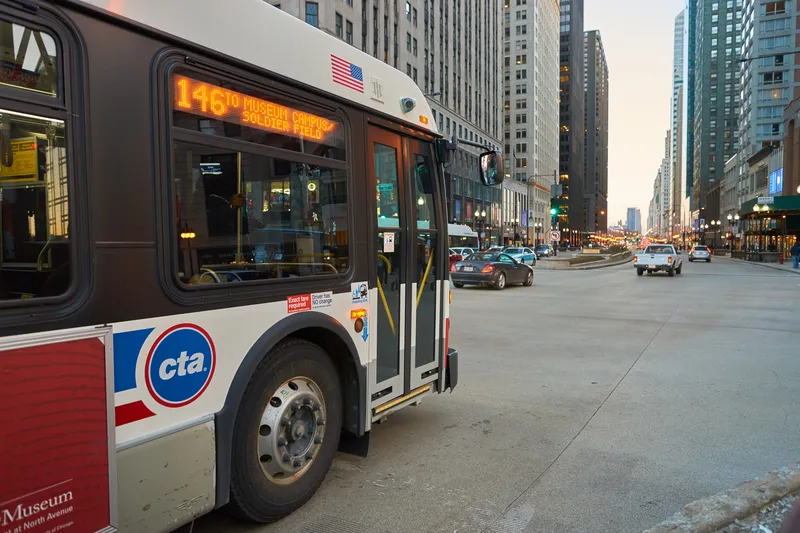
With their 3D imaging, low-light sensitivity and very short latency, the cameras are suitable for a wide range of people-counting applications and security solutions in any lighting conditions. The APS-90 is capable of monitoring an area up to 20m2, while the APS-180 can monitor an area up to 64m2.
Both provide coverage of multiple counting points with a single device and the company says they offer 98% accuracy even in crowded areas. Both deliver separate results for adults and children as well as classification and suppression of false counts of non-human objects.
Features include Wi-Fi and Bluetooth scanning, wireless data transmission and access to the web-based configuration tool, as well as synchronous recording of video and motion data, proprietary software to view video and motion data and offline verification of counting accuracy and behavioural data.










